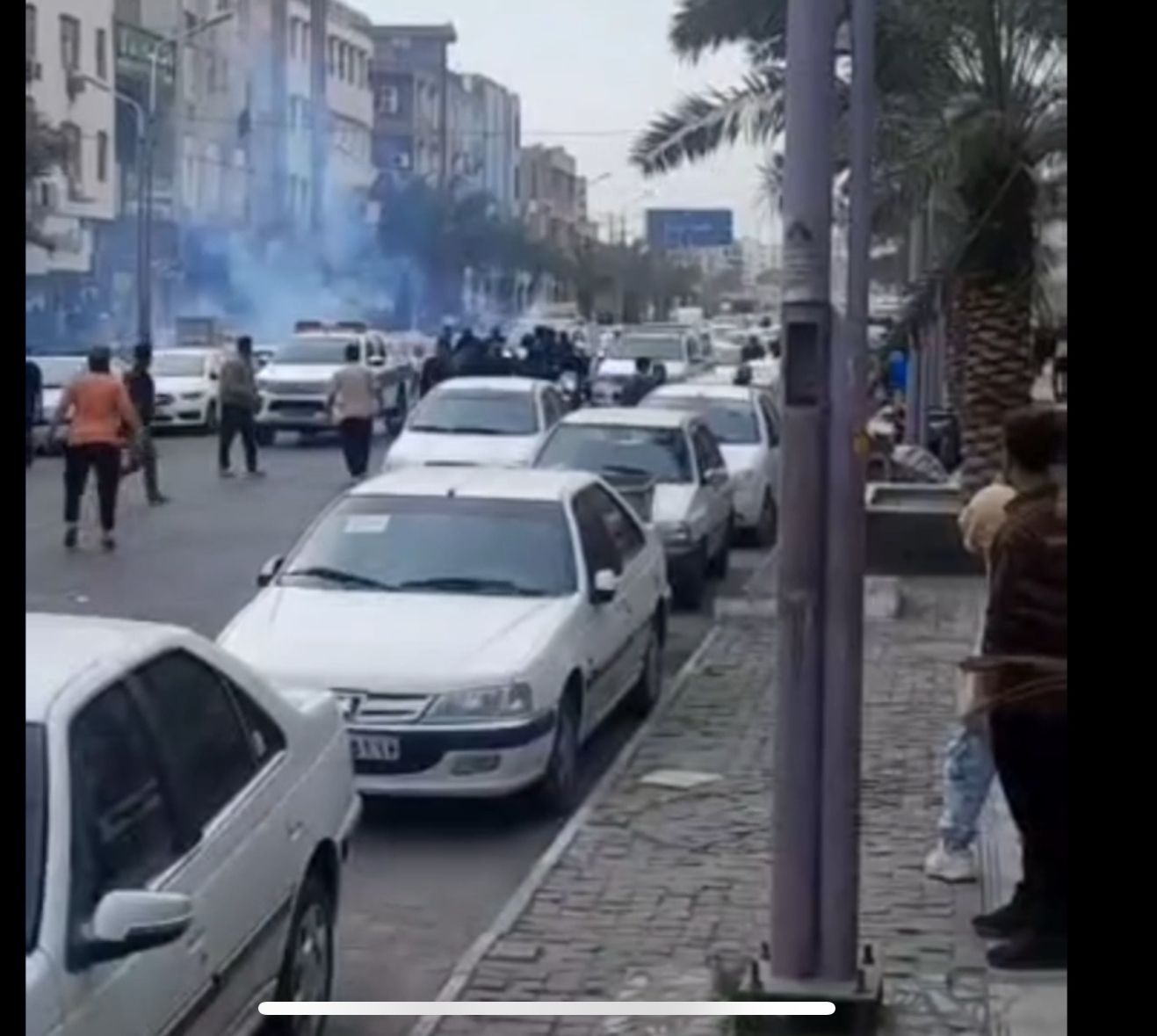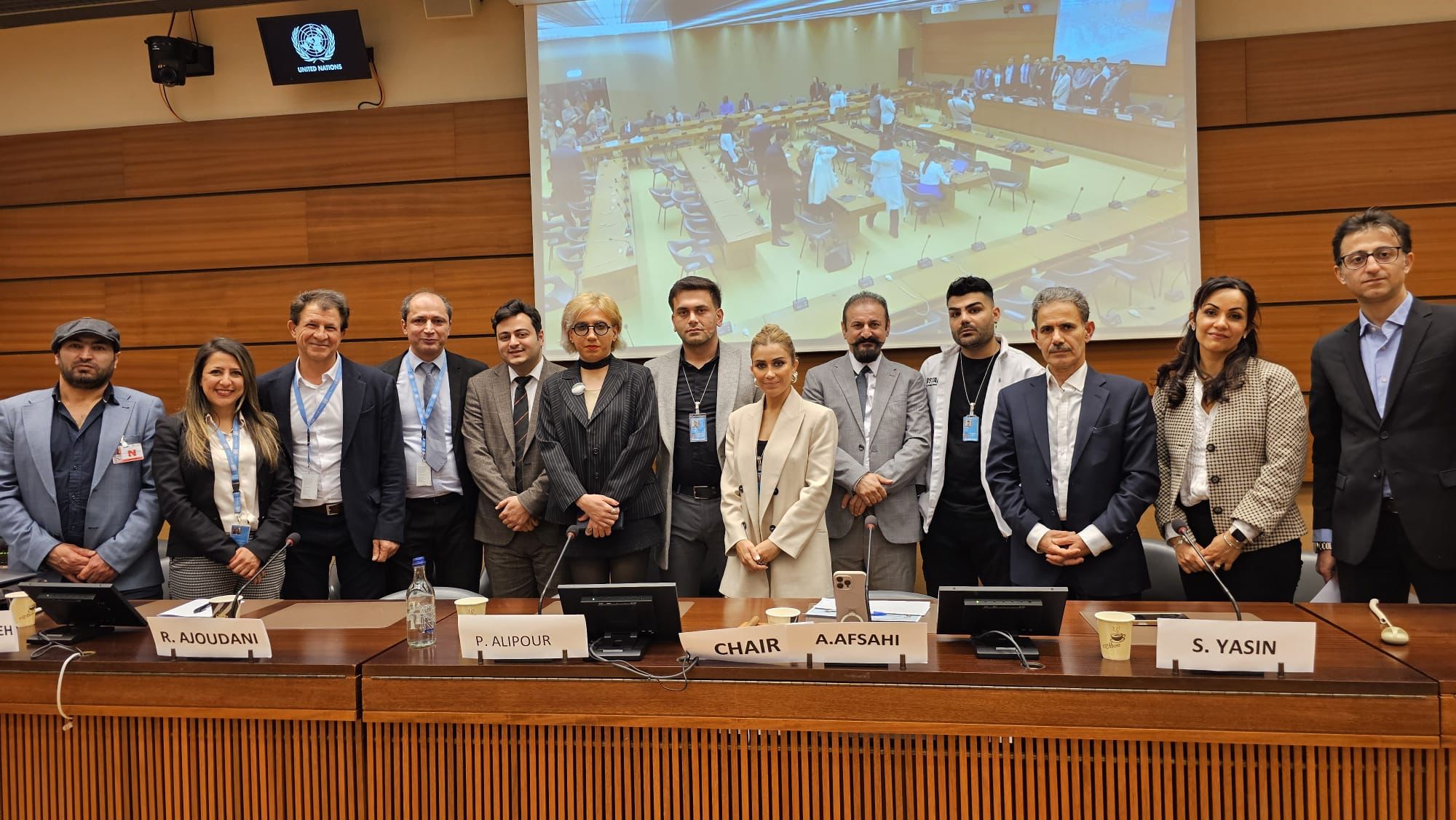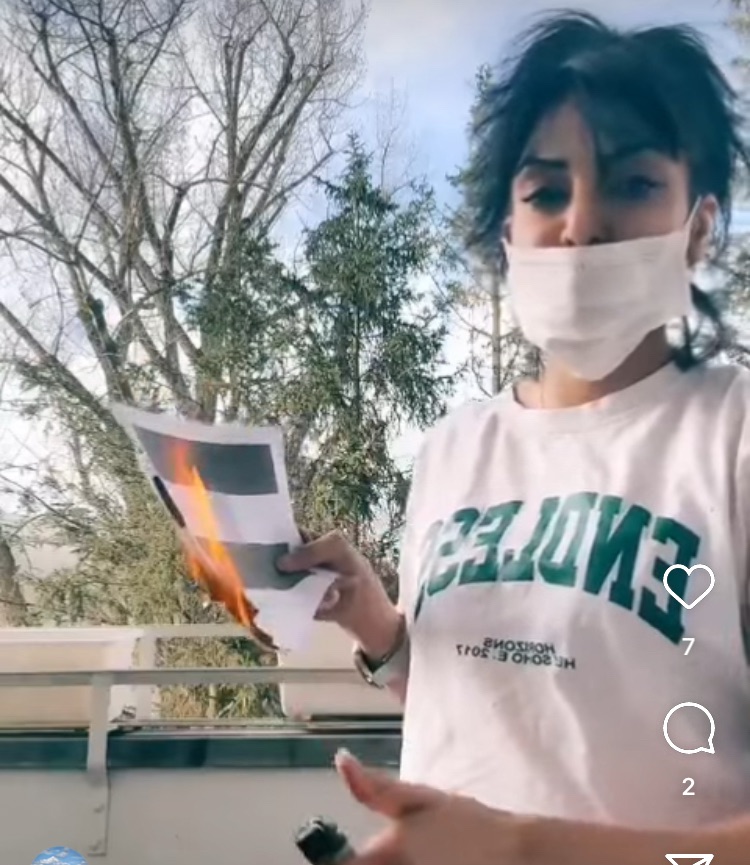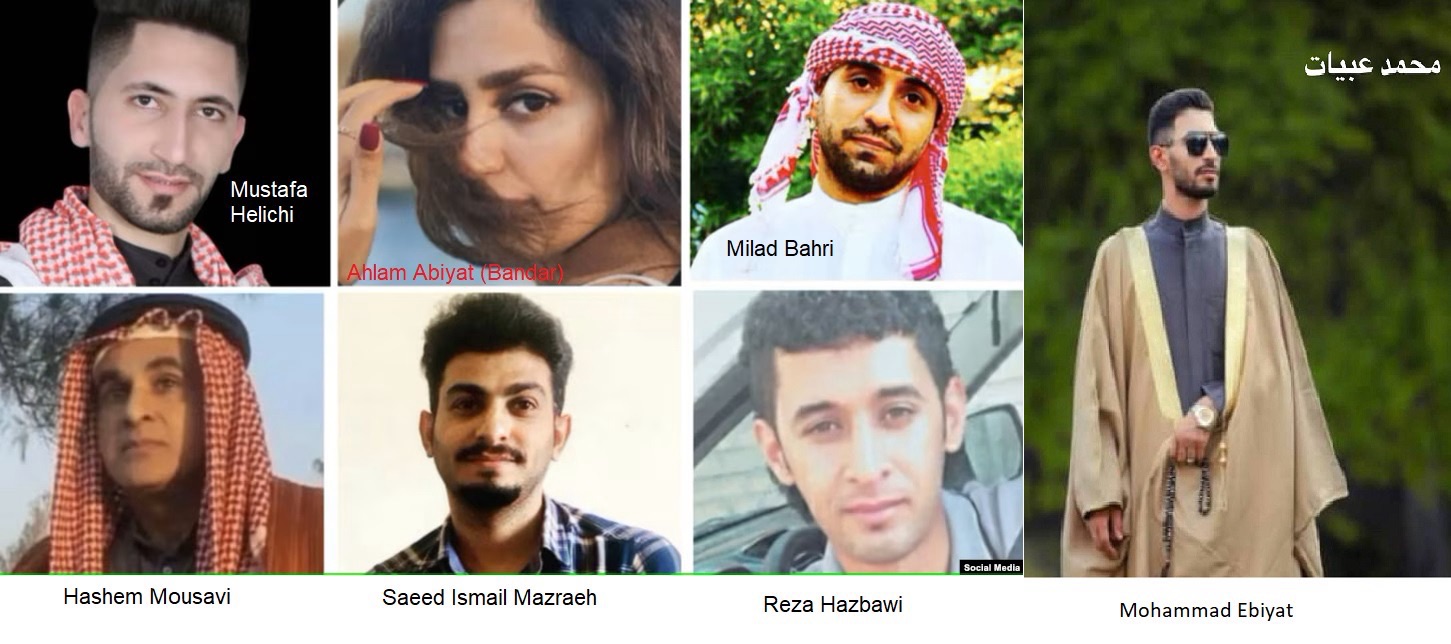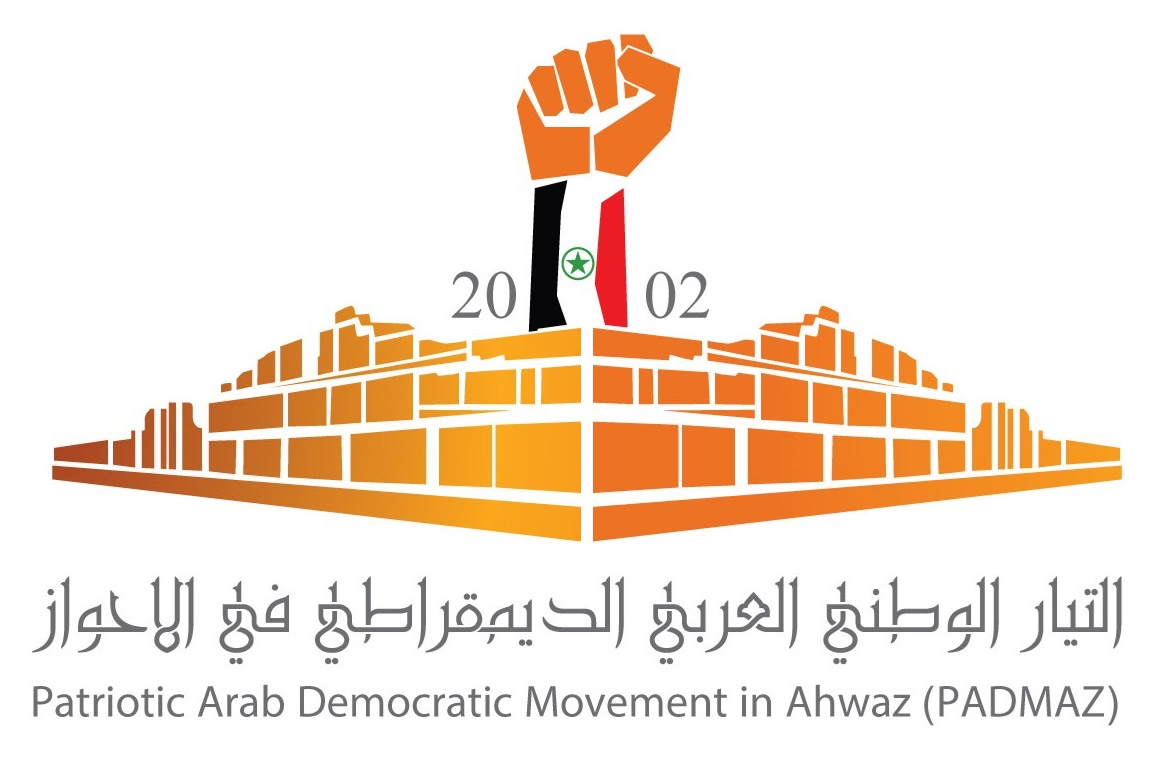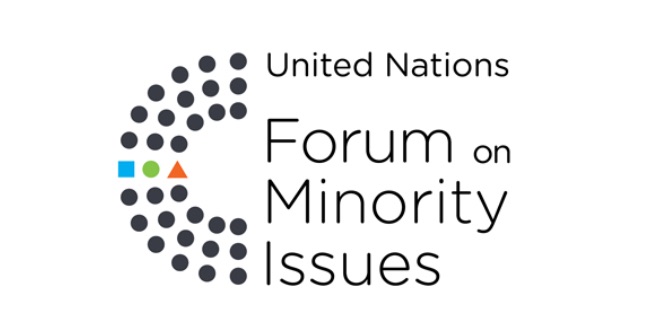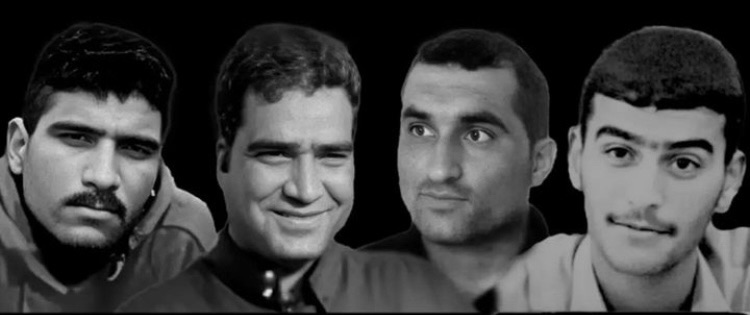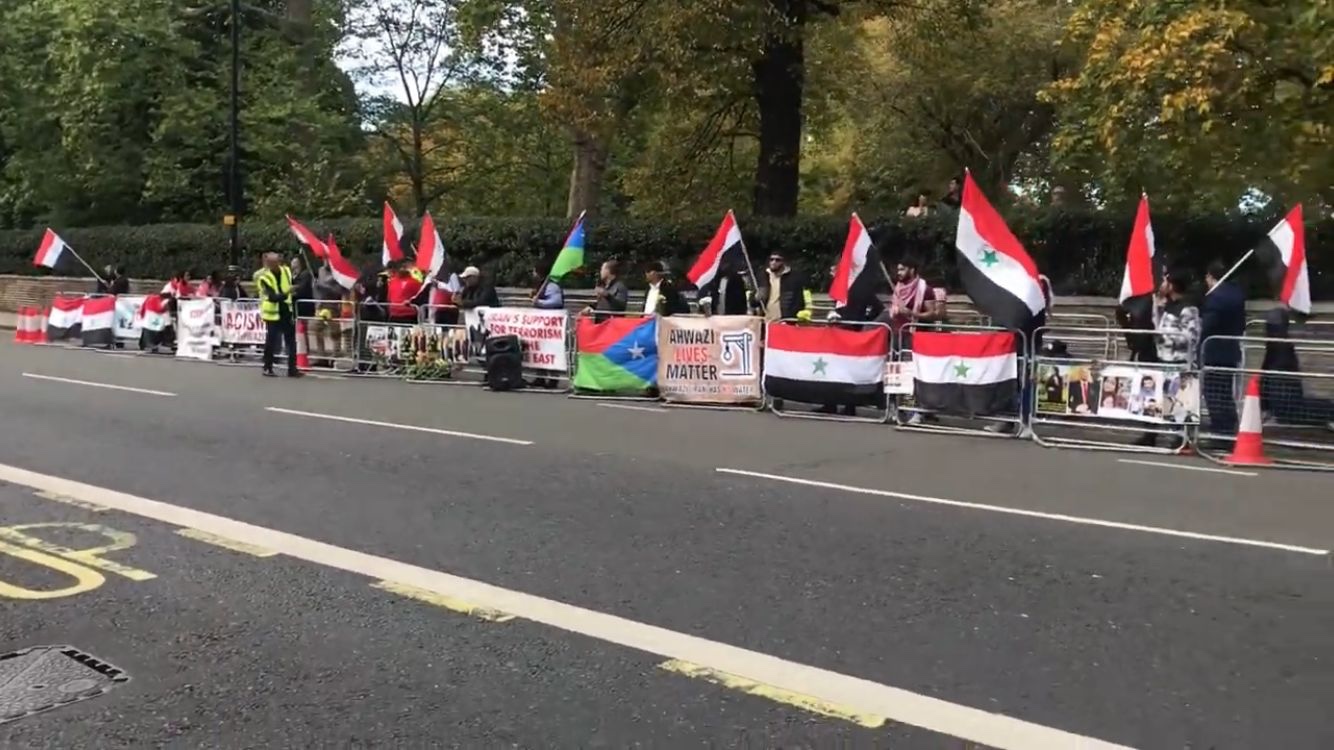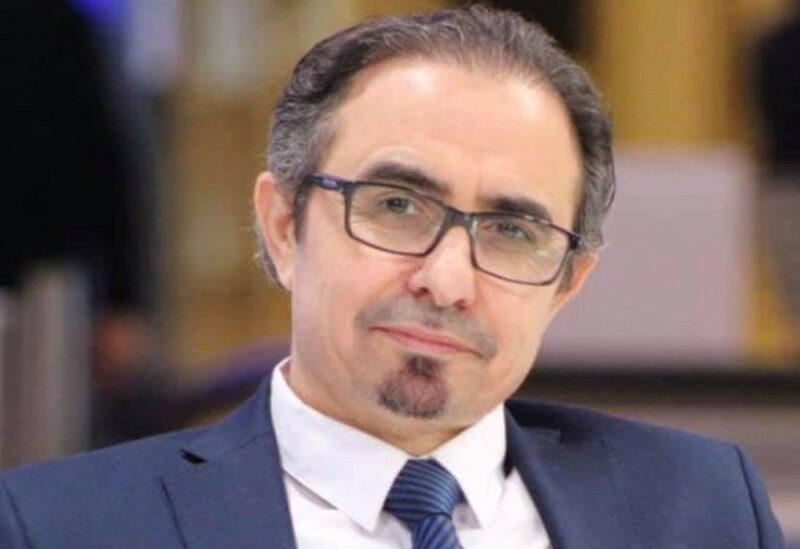The forests of western Zagros are burning in the fire of the central government’s plans

In recent days, we have witnessed large-scale fires in forests in the western part of the Zagros region from the north in Kurdistan to the south in Ahwaz. So far, there has been no effective response from the Iranian government to put out the fires, and large parts of the area have been left to catch fire.
For nearly a decade now, PADMAZ during its extensive research has been documenting the Iranian government’s policies to disrupt the natural cycle of the environment in western Zagros and in specially in Ahwaz. According to these studies, the Iranian government has built more than 100 small and large dams on large and small rivers in this area and has transferred the water of these rivers to the central plateau of Iran through several large water tunnels.
The decrease in the volume of running water in the western part of the Zagros as a result of transferring water from Karun, Dez and Jarrahi rivers to the central plateau of Fars, keeping water in dam lakes and disrupting water movement in downstream rivers, drying up the wetland, especially Aledaim wetland and other small and medium-sized wetlands in the Ahwaz state, have all led to a sharp decline in air humidity and desertification.
The construction of the dams has had a severe effect on the drying up of 13 border rivers with Iraq and the drying up of the eastern part of Iraq. Since the environmental cycle does not recognize a political border, the Iranian government’s policies have led to a major threat of destruction of the area from the eastern part of Iraq to the western part of the Zagros. This can be attributed to the catastrophe of sandstorms and the spread of a variety of dangerous diseases and a sharp increase in the number of cancers and deaths.
Despite the great dangers that have threatened the survival and continuity of the western part of the Zagros, the central government of Iran continues to support water transfer projects and is still operating them.
The ongoing protests by Ahwazi civil activists over the years have had no effect on the government’s policies. Undoubtedly, the effects of these policies of the Iranian government are not only on the environment and animals and plants. Every year, about 5000 Ahwazi people die significantly over the normal death rates due to cancer and dangerous lung and gastrointestinal diseases. This makes the issue of the environment in western Zagros unquestionably a major human rights issue with a broad impact on human life and health.
The peoples of the western part of the Zagros region should be aware that the current water policies of the Iranian government are resulting in destruction of cities and villages and their depopulation, increase in mortality, increase in abortion and decrease the population of people living in the western part of the Zagros. In other words, future generations in the western part of the Zagros are facing a great threat to existence, generations that are either dying at birth or are born with dangerous diseases and have a short lifespan.
PADMAZ – Patriotic Arab Democratic Movement in Ahwaz

